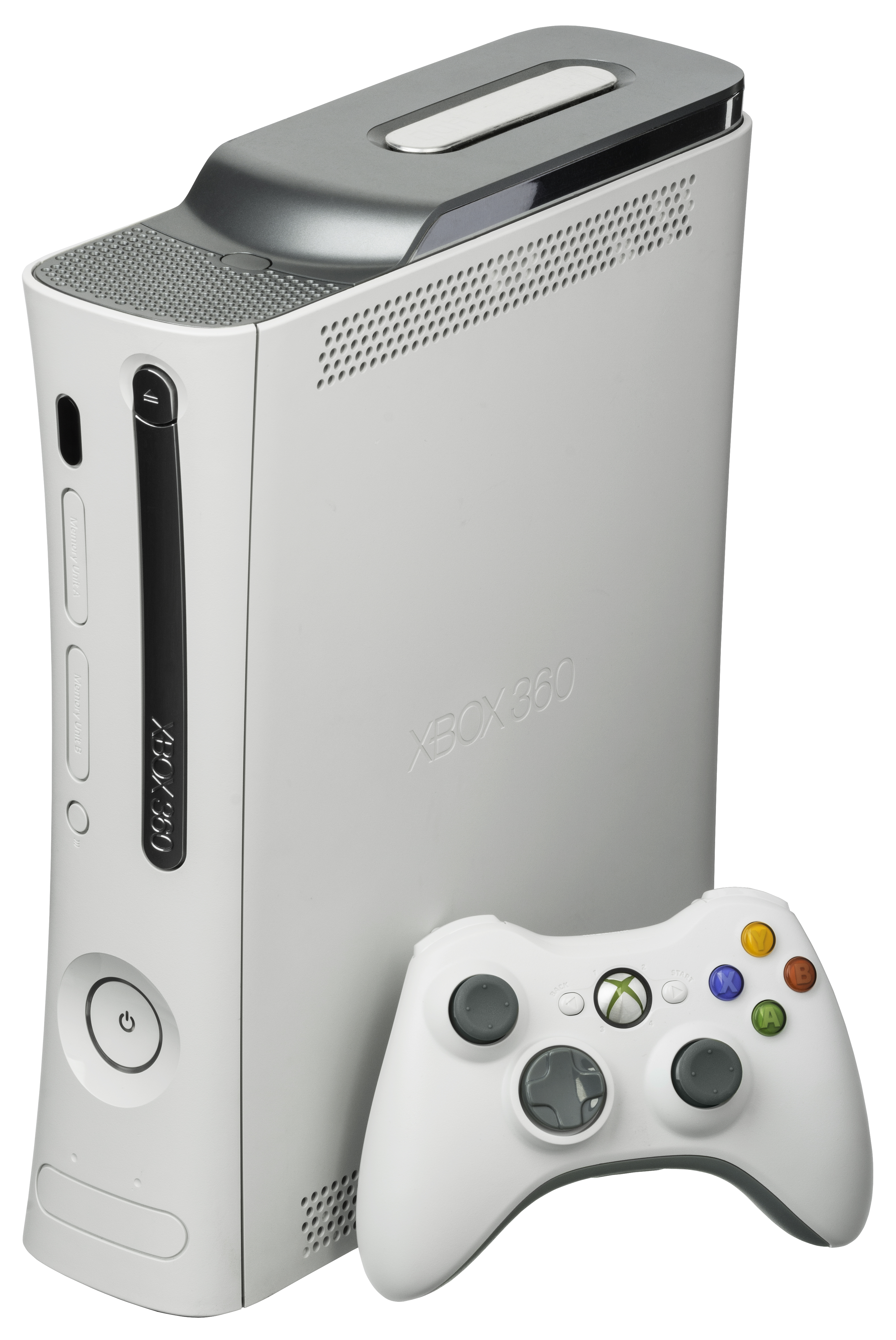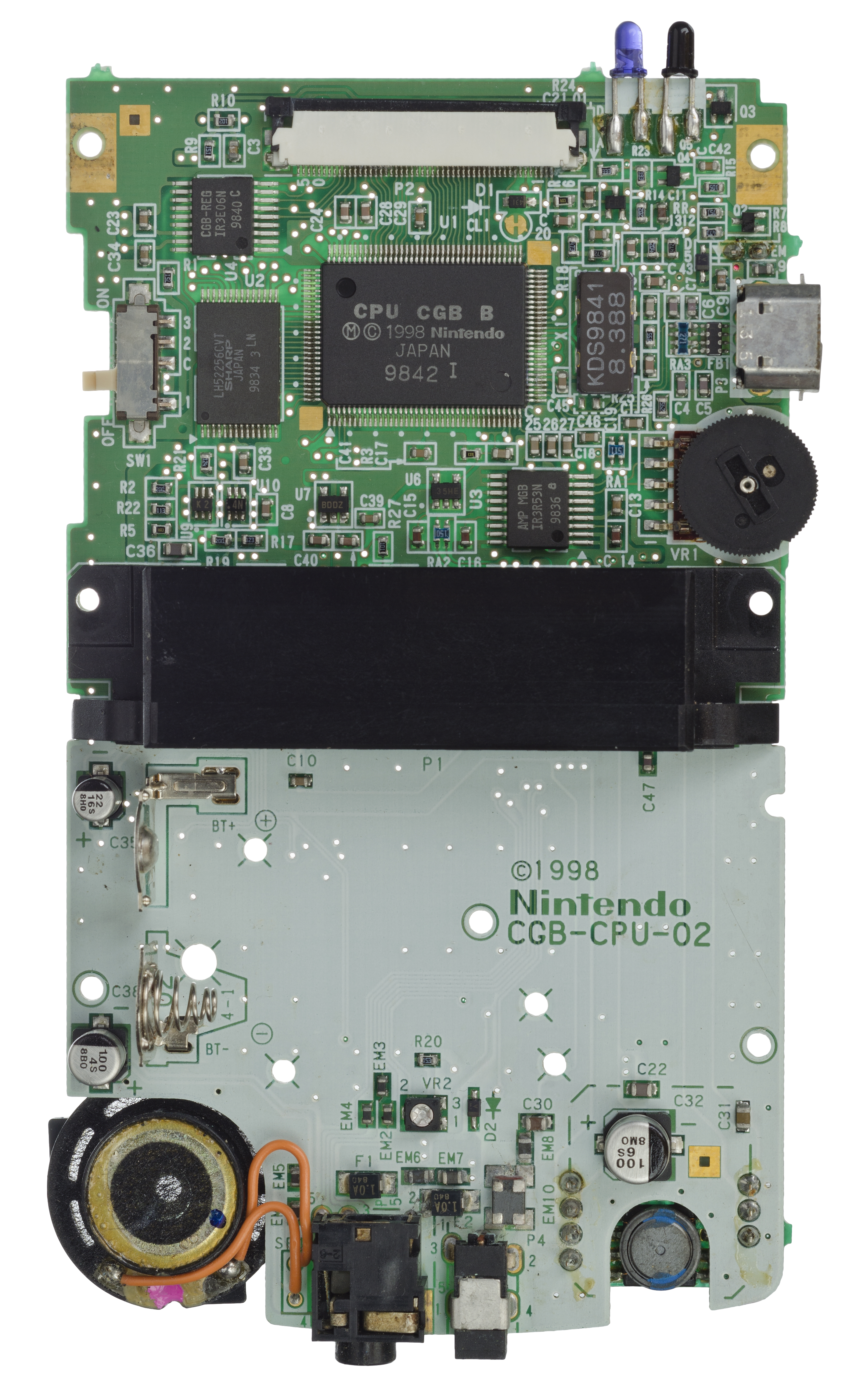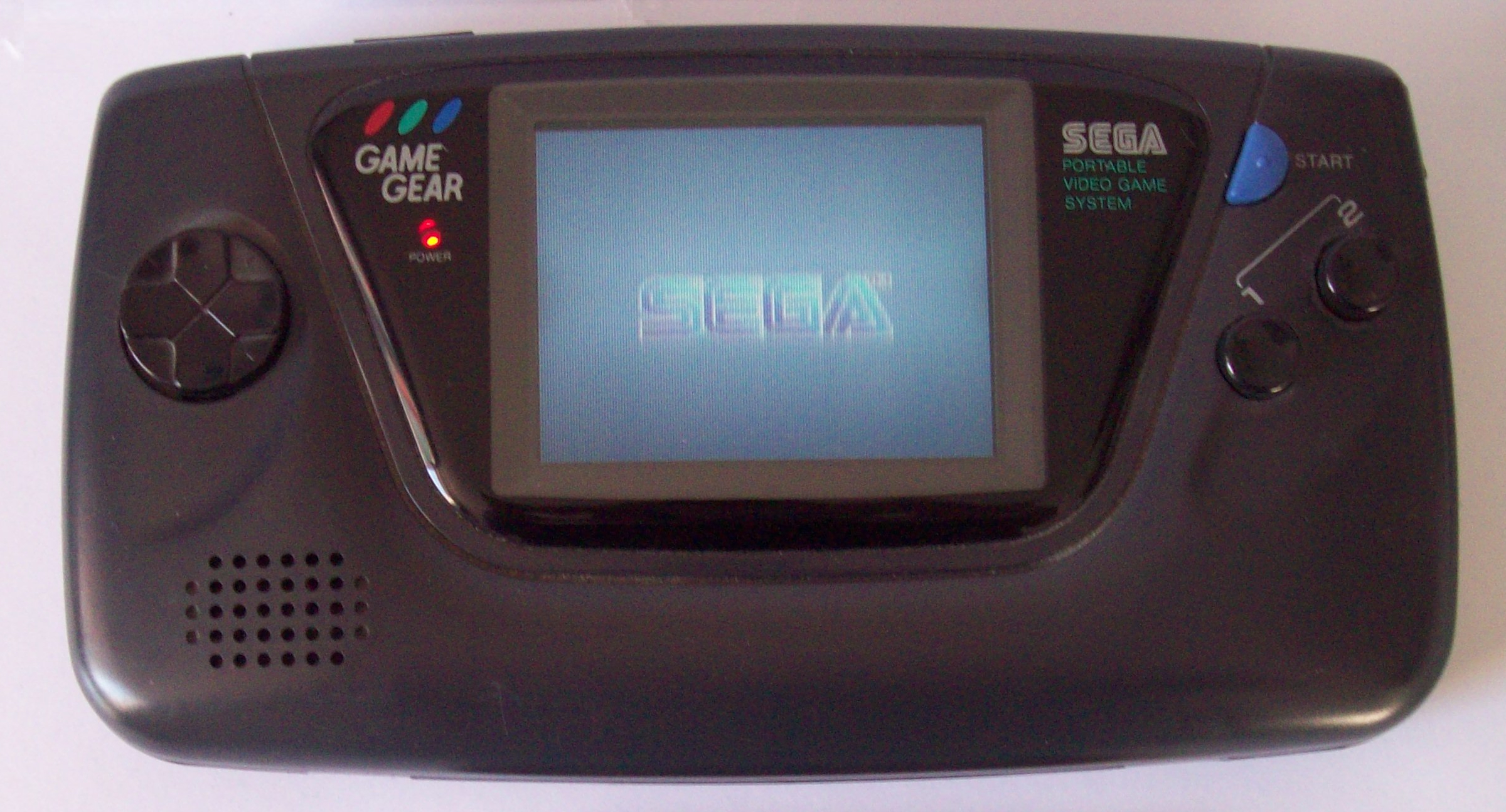|
Paperboy (video Game)
''Paperboy'' is an arcade action game developed and published by Atari Games and Midway Games, and released in 1985. The player takes the role of a paperboy who delivers a fictional newspaper called ''The Daily Sun'' along a suburban street on his bicycle. The arcade version of the game featured bike handlebars as the controller. The game was ported to many home systems beginning in 1986. A sequel for home computers and consoles, '' Paperboy 2'', was released in 1991. Gameplay The player controls a paperboy on a bicycle delivering newspapers along a suburban street which is displayed in a cabinet perspective (or oblique projection) view. The player attempts to deliver a week of daily newspapers to subscribing customers, attempts to vandalize non-subscribers' homes and must avoid hazards along the street. Subscribers are lost by missing a delivery or damaging a subscriber's house. If the player loses all of their lives, or runs out of subscribers, the game ends. The game begins w ... [...More Info...] [...Related Items...] OR: [Wikipedia] [Google] [Baidu] |
Atari Games
Atari Games Corporation, known as Midway Games West Inc. after 1999, was an American producer of Arcade game, arcade Video game, games. It was formed in 1985 when the coin-operated Arcade game, arcade game division of Atari, Inc. was transfered by Warner Communications to a joint venture with Namco. It was one of several successor companies to use the name Atari. The company developed and published games for arcades and across consumer gaming consoles such as the Commodore 16, Commodore 64, Game Boy, Nintendo Entertainment System (NES) and other platforms using the Tengen (company), Tengen label. Some of the games Atari had developed include ''Tetris (Atari), Tetris, Road Runner (video game), Road Runner, RoadBlasters'' and ''Primal Rage.'' After Time Warner reassumed full ownership in 1994, the company was sold to WMS Industries in 1996, and became part of Midway Games when that company was spun-off by WMS in 1998. It ceased operations in 2003 and its former assets were sold bac ... [...More Info...] [...Related Items...] OR: [Wikipedia] [Google] [Baidu] |
Apple IIGS
The Apple IIGS (styled as II), the fifth and most powerful of the Apple II family, is a 16-bit personal computer produced by Apple Computer. While featuring the Macintosh look and feel, and resolution and color similar to the Amiga and Atari ST, it remains compatible with earlier Apple II models. The "GS" in the name stands for "Graphics and Sound," referring to its enhanced multimedia hardware, especially its state-of-the-art audio. The microcomputer is a radical departure from any previous Apple II, with a 16-bit 65C816 microprocessor, direct access to megabytes of random-access memory (RAM), and bundled mouse. It is the first computer from Apple with a color graphical user interface (color was introduced on the Macintosh II six months later) and Apple Desktop Bus interface for keyboards, mice, and other input devices. It is the first personal computer with a wavetable synthesis chip, using technology from Ensoniq. The IIGS set forth a promising future and evolutionary advan ... [...More Info...] [...Related Items...] OR: [Wikipedia] [Google] [Baidu] |
Xbox 360
The Xbox 360 is a home video game console developed by Microsoft. As the successor to the original Xbox, it is the second console in the Xbox series. It competed with Sony's PlayStation 3 and Nintendo's Wii as part of the seventh generation of video game consoles. It was officially unveiled on MTV on May 12, 2005, with detailed launch and game information announced later that month at the 2005 Electronic Entertainment Expo (E3). The Xbox 360 features an online service, Xbox Live, which was expanded from its previous iteration on the original Xbox and received regular updates during the console's lifetime. Available in free and subscription-based varieties, Xbox Live allows users to: play games online; download games (through Xbox Live Arcade) and game demos; purchase and stream music, television programs, and films through the Xbox Music and Xbox Video portals; and access third-party content services through media streaming applications. In addition to online multimedia ... [...More Info...] [...Related Items...] OR: [Wikipedia] [Google] [Baidu] |
Mobile Phone
A mobile phone, cellular phone, cell phone, cellphone, handphone, hand phone or pocket phone, sometimes shortened to simply mobile, cell, or just phone, is a portable telephone that can make and receive calls over a radio frequency link while the user is moving within a telephone service area. The radio frequency link establishes a connection to the switching systems of a mobile phone operator, which provides access to the public switched telephone network (PSTN). Modern mobile telephone services use a cellular network architecture and, therefore, mobile telephones are called ''cellular telephones'' or ''cell phones'' in North America. In addition to telephony, digital mobile phones ( 2G) support a variety of other services, such as text messaging, multimedia messagIng, email, Internet access, short-range wireless communications (infrared, Bluetooth), business applications, video games and digital photography. Mobile phones offering only those capabilities are known as fea ... [...More Info...] [...Related Items...] OR: [Wikipedia] [Google] [Baidu] |
Nintendo 64
The (N64) is a home video game console developed by Nintendo. The successor to the Super Nintendo Entertainment System, it was released on June 23, 1996, in Japan, on September 29, 1996, in North America, and on March 1, 1997, in Europe and Australia. It was the last major home console to use cartridges as its primary storage format until the Nintendo Switch in 2017. It competed primarily with the Sony PlayStation and the Sega Saturn. Development began in 1993 in partnership with Silicon Graphics, using the codename Project Reality, then a test model and arcade platform called Ultra 64. The final design was named after its 64-bit CPU, which aided in the console's 3D capabilities. Its design was mostly complete by mid-1995 and launch was delayed until 1996 for the completion of the launch games '' Super Mario 64'', ''Pilotwings 64'', and '' Saikyō Habu Shōgi'' (exclusive to Japan). The charcoal-gray console was followed by a series of color variants. Some games require th ... [...More Info...] [...Related Items...] OR: [Wikipedia] [Google] [Baidu] |
Game Boy Color
The (commonly abbreviated as GBC) is a handheld game console, manufactured by Nintendo, which was released in Japan on October 21, 1998 and to international markets that November. It is the successor to the Game Boy and is part of the Game Boy product line. The GBC features a color screen rather than monochrome, but it is not backlit. It is slightly thicker and taller and features a slightly smaller screen than the Game Boy Pocket, its immediate predecessor in the Game Boy line. As with the original Game Boy, it has a custom 8-bit processor made by Sharp that is considered a hybrid between the Intel 8080 and the Zilog Z80. The American English spelling of the system's name, ''Game Boy Color'', remains consistent throughout the world. The Game Boy Color is part of the fifth generation of video game consoles. The GBC's primary competitors in Japan were the grayscale 16-bit handhelds, SNK's Neo Geo Pocket and Bandai's WonderSwan, though the Game Boy Color outsold them by a w ... [...More Info...] [...Related Items...] OR: [Wikipedia] [Google] [Baidu] |
Game Boy
The is an 8-bit fourth generation handheld game console developed and manufactured by Nintendo. It was first released in Japan on April 21, 1989, in North America later the same year, and in Europe in late 1990. It was designed by the same team that developed the Game & Watch series of handheld electronic games and several Nintendo Entertainment System (NES) games: Satoru Okada, Gunpei Yokoi, and Nintendo Research & Development 1. It is Nintendo's second handheld game console and combines features from both the Game & Watch handheld and NES home system. The console features a dot-matrix screen with adjustable contrast dial, five game control buttons (a directional pad, two game buttons, and "START" and "SELECT"), a single speaker with adjustable volume dial and, like its rivals, uses cartridges as physical media for games. The color scheme is made from two tones of grey with accents of black, blue, and dark magenta. All the corners of the portrait-oriented rectangular un ... [...More Info...] [...Related Items...] OR: [Wikipedia] [Google] [Baidu] |
Sega Genesis
The Sega Genesis, known as the outside North America, is a 16-bit Fourth generation of video game consoles, fourth generation home video game console developed and sold by Sega. It was Sega's third console and the successor to the Master System. Sega released it in 1988 in Japan as the Mega Drive, and in 1989 in North America as the Genesis. In 1990, it was distributed as the Mega Drive by Virgin Mastertronic in Europe, Ozisoft in Australasia, and Tec Toy in Brazil. In South Korea, it was distributed by Samsung as the Super Gam*Boy and later the Super Aladdin Boy. Designed by an Research and development, R&D team supervised by Hideki Sato and Masami Ishikawa, the Genesis was adapted from Sega's Sega System 16, System 16 arcade board, centered on a Motorola 68000 processor as the central processing unit, CPU, a Zilog Z80 as a sound controller, and a video system supporting hardware Sprite (computer graphics), sprites, Tile-based video game, tiles, and scrolling. It plays a List ... [...More Info...] [...Related Items...] OR: [Wikipedia] [Google] [Baidu] |
Game Gear
The is an 8-bit fourth generation handheld game console released by Sega on October 6, 1990, in Japan, in April 1991 throughout North America and Europe, and during 1992 in Australia. The Game Gear primarily competed with Nintendo's Game Boy, the Atari Lynx, and NEC's TurboExpress. It shares much of its hardware with the Master System, and can play Master System games by the use of an adapter. Sega positioned the Game Gear, which had a full-color backlit screen with a landscape format, as a technologically superior handheld to the Game Boy. Though the Game Gear was rushed to market, its unique game library and price point gave it an edge over the Atari Lynx and TurboExpress. However, due to its short battery life, lack of original games, and weak support from Sega, the Game Gear was unable to surpass the Game Boy, selling 10.62 million units by March 1996. The Game Gear was discontinued in 1997. It was re-released as a budget system by Majesco Entertainment in 2000, under li ... [...More Info...] [...Related Items...] OR: [Wikipedia] [Google] [Baidu] |
Master System
The is an 8-bit third-generation home video game console manufactured by Sega. It was originally a remodeled export version of the Sega Mark III, the third iteration of the SG-1000 series of consoles, which was released in Japan in 1985 and featured enhanced graphical capabilities over its predecessors. The Master System launched in North America in 1986, followed by Europe in 1987, and then in Brazil and Korea in 1989. A Japanese version of the Master System was also launched in 1987, which features a few enhancements over the export models (and by proxy the original Mark III): a built-in FM audio chip, a rapid-fire switch, and a dedicated port for the 3D glasses. The Master System II, a cheaper model, was released in 1990 in North America, Australasia and Europe. The original Master System models use both cartridges and a credit card-sized format known as Sega Cards. Accessories for the consoles include a light gun and 3D glasses that work with a range of specially design ... [...More Info...] [...Related Items...] OR: [Wikipedia] [Google] [Baidu] |
Atari ST
The Atari ST is a line of personal computers from Atari Corporation and the successor to the Atari 8-bit family. The initial model, the Atari 520ST, had limited release in April–June 1985 and was widely available in July. It was the first personal computer with a bitmapped color GUI, using a version of Digital Research's GEM (desktop environment), GEM from February 1985. The Atari 1040ST, released in 1986 with 1 MB of RAM, was the first home computer with a cost-per-kilobyte of less than US$1. "ST" officially stands for "Sixteen/Thirty-two", referring to the Motorola 68000's 16-bit computing, 16-bit external bus and 32-bit computing, 32-bit internals. The system was designed by a small team led by Shiraz Shivji. Alongside the Macintosh, Amiga, Apple IIGS, and Acorn Archimedes, the ST is part of a mid-1980s generation of computers with 16- or 32-bit processors, 256 Kilobyte, KB or more of RAM, and computer mouse, mouse-controlled graphical user interfaces. The ST was ... [...More Info...] [...Related Items...] OR: [Wikipedia] [Google] [Baidu] |
.jpg)








